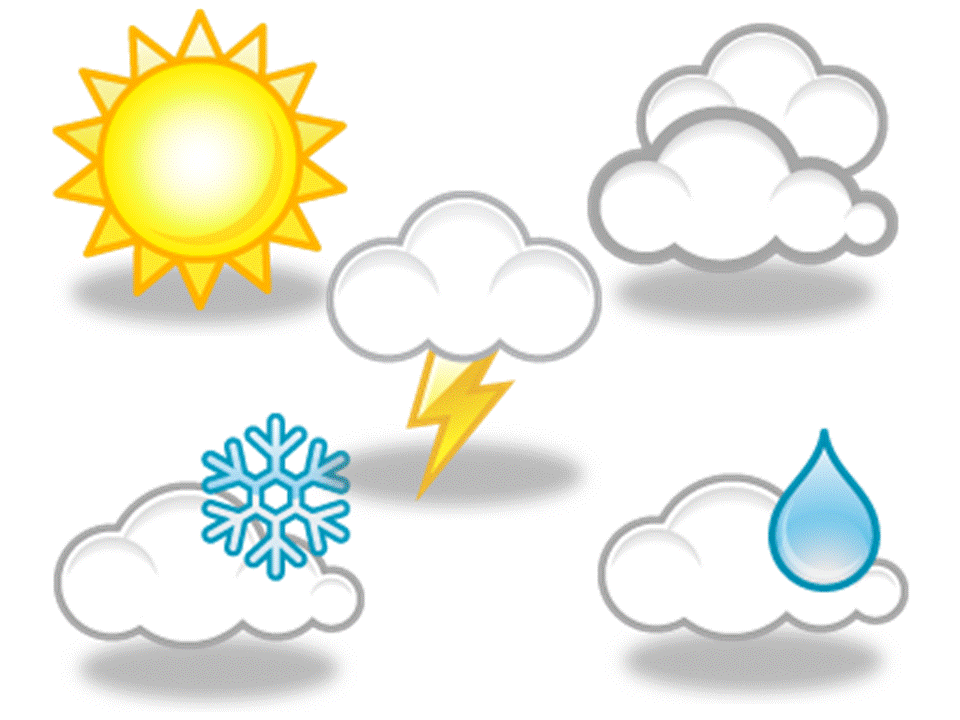However, there are some things you can do about it
-
Higher fuel and infrastructure costs are driving up electricity and gas prices nationwide.
-
Extreme weather and aging grids are forcing utilities to invest heavily in upgrades and repairs.
-
Consumers can offset rising bills through energy efficiency, smart usage habits, and new incentive programs.
Across much of the country, utility customers are opening their monthly bills to find higher charges sometimes much higher than last year. The reason isnt a simple one, but rather a combination of economic pressures, infrastructure challenges, and climate realities that are reshaping how utilities deliver power.
1. Fuel costs are soaring
At the heart of the price hikes are higher costs for the fuels that generate most of our electricity natural gas, coal, and oil. Global demand for energy remains strong, and geopolitical tensions have disrupted supply chains. Even as renewable energy grows, the U.S. grid still relies heavily on natural gas plants to meet daily demand. When the cost of fuel rises, those increases often get passed along to consumers through rate adjustments approved by state regulators.
2. Climate impacts and grid upgrades
Extreme weather from hurricanes and wildfires to heat waves is battering energy infrastructure more often. Utilities are responding by investing billions in grid modernization: hardening power lines, building new substations, and improving energy storage. These upgrades are necessary to prevent outages and maintain reliability, but they also drive up operational costs that end up on consumer bills.
3. Inflation and labor costs
Beyond fuel, inflation has affected everything from the cost of transformers and copper wire to labor and transportation. Construction and maintenance projects that once cost millions now require much more funding. Since utilities operate under regulated profit structures, they typically seek permission from state utility commissions to raise rates and recover those costs over time.
What consumers can do
While no single household can reverse national energy trends, there are ways to ease the impact:
-
Energy audits: Many utilities offer free or discounted home energy assessments to identify waste.
-
Efficiency upgrades: LED lighting, smart thermostats, and improved insulation can lower usage significantly.
-
Off-peak habits: Running dishwashers or laundry at night can reduce bills if youre on time-of-use rates.
-
Renewable programs: Community solar or green power programs let consumers support cleaner energy, sometimes at lower costs.
In short, utility rates are rising because companies are being squeezed by the same economic and environmental forces affecting everyone else higher costs, volatile fuel markets, and a changing climate. The investments being made today may lead to a more reliable and cleaner energy system in the future, but for now, consumers are bearing much of the cost.
Posted: 2025-10-28 13:12:04




















